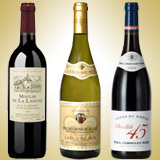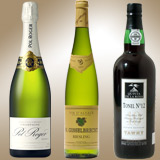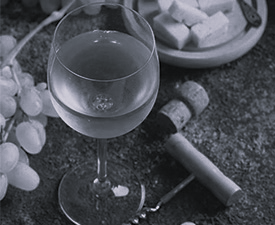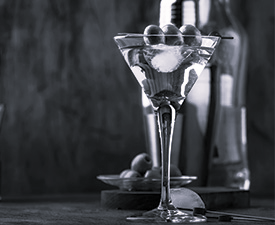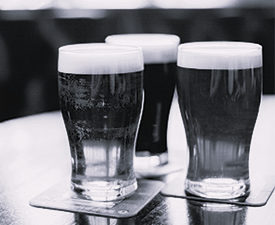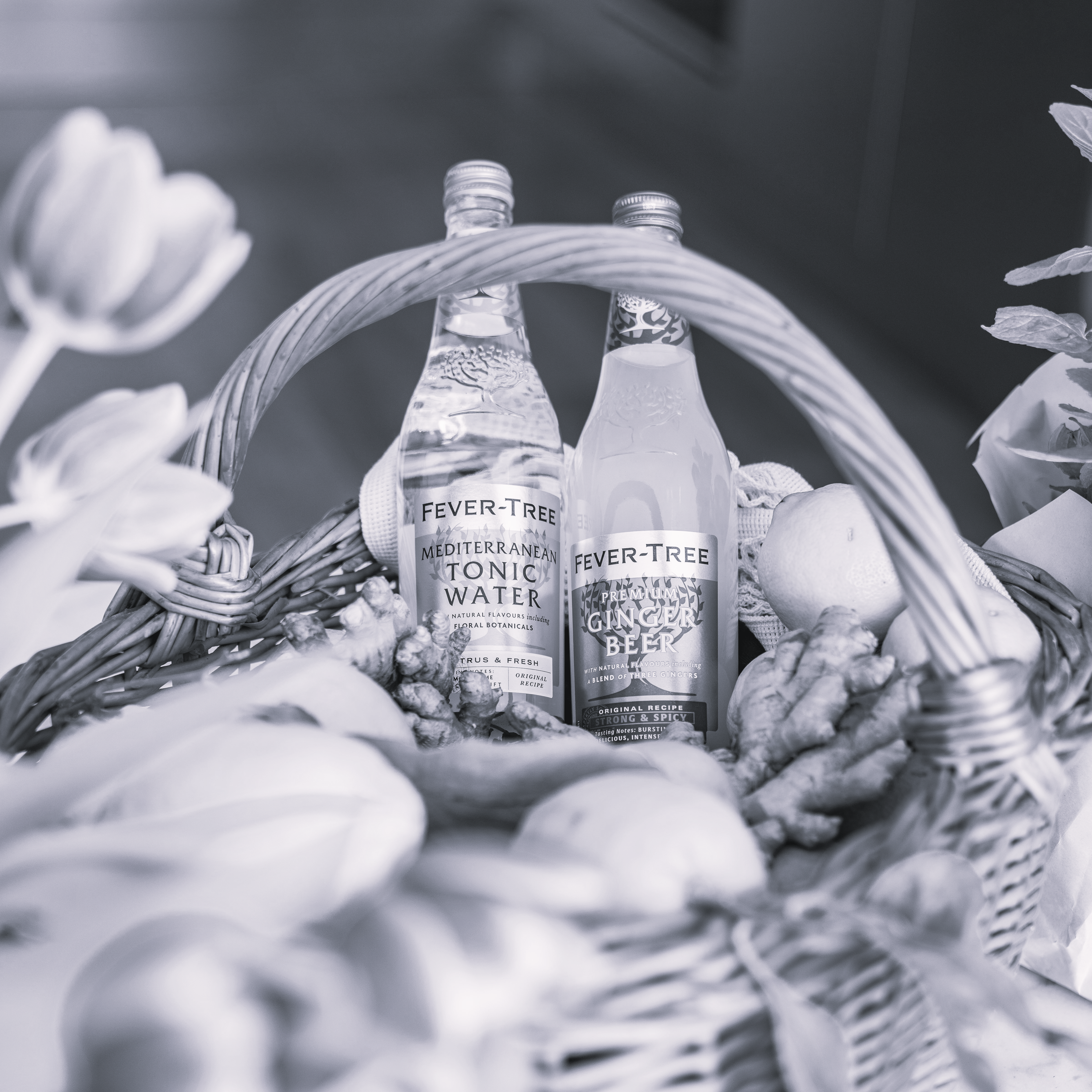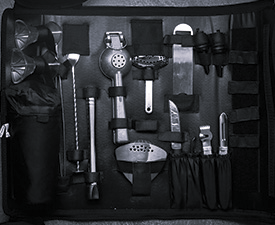Bottle shape knowledge can give you a small clue as to what the contents might be, even without reading the label. Most people are familiar with the Champagne shape bottle, but many other wine regions also have a preference for a particular shape.
Bordeaux: Straight sides and tall shoulders, with dark green glass for the red wines of the region, lighter green for the dry whites and for the sweet whites clear glass. This bottle shape is widely used in the New World by winemakers bottling Bordeaux varieties, but it is also widely used in Italy and many other countries.
Burgundy: Gently sloping shoulders suggests a wine from Burgundy, with both red and white wines in similar green glass. These are sturdy, heavy bottles, with a slightly fatter girth than other wine bottles. This shape is also widely used throughout the New World for Chardonnay and Pinot Noir.
Rhone: Similar in style to the Burgundy, but not so fat. In addition, some may bear a coat of arms on the neck, particularly Chateauneuf du Pape. The traditional Cotes du Rhone bottle is similar in shape, but with more angular sloping shoulders. New World Shiraz/ Syrah may use a similar bottle.
Champagne: This bottle design is born out of necessity as much as style. Thick glass, gently sloping shoulders and a deep punt are necessary as the pressure inside the bottle is 80-90psi (6 atm) - two to three times the pressure inside an average car tire.
Alsace: A slender bottle, narrower than other styles, also taller, with a very gentle slope to the shoulders. Green glass suggests either the Mosel in Germany or Alsace in France. The wine contained may still be of a wide variety of styles, ranging from dry and off-dry, through to lusciously sweet dessert wines.
Fortified wines: Many fortified wines, such as Port, Madeira and Sherry, are transported in quite sturdy bottles. The vintage Port bottle may have quite a bulge in the neck, supposedly to help capture the sediment as the aged wine is decanted.

